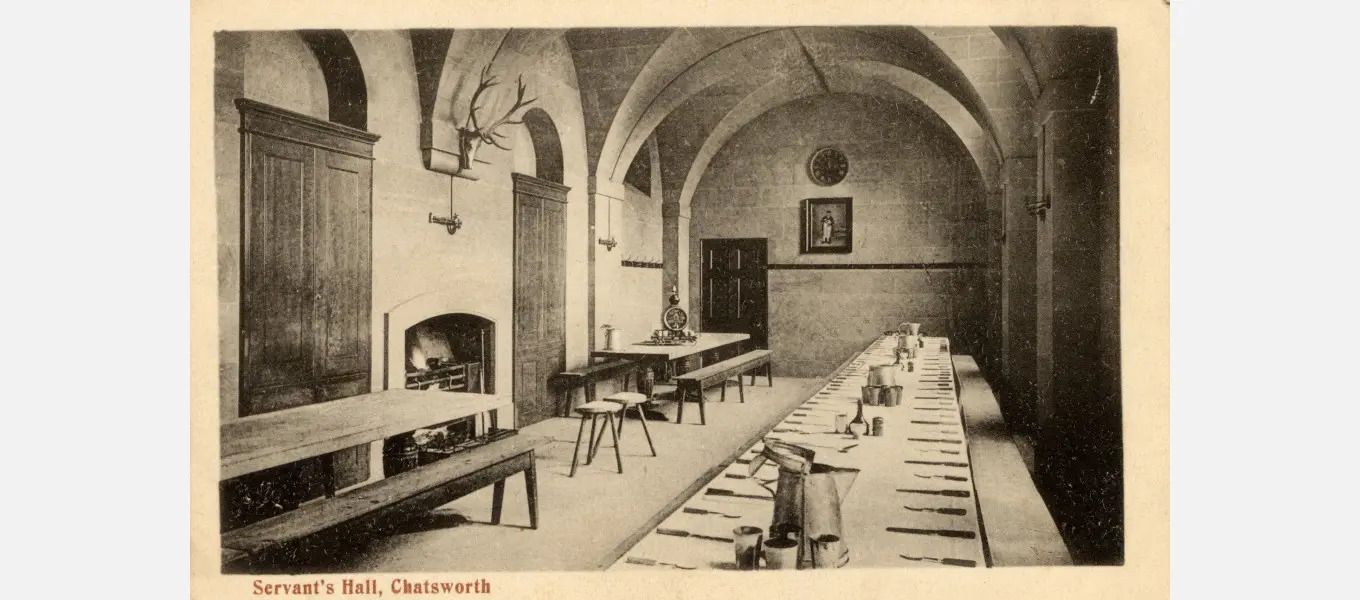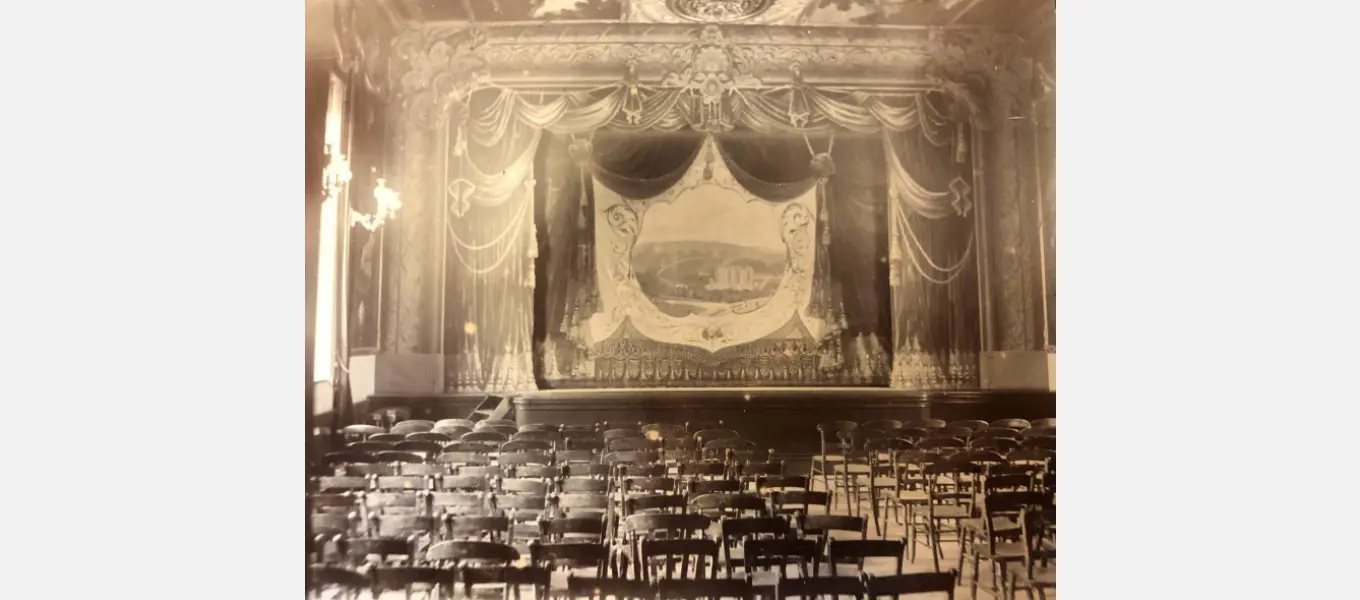This monthly blog series will keep you up-to-date on a project exploring the development and use of Chatsworth’s North Wing from its creation in the 1820s to today, looking at the spaces themselves and the extensive archival material in the Devonshire Collections.
In partnership with the White Rose College of Arts and Humanities (comprising the Universities of Sheffield and York, in this instance), ‘Remaking the North Wing’ comprises two interconnected PhD projects. Through this research we will unpick stories that illustrate how the 6th Duke’s North Wing has contributed to the life, work and identity of the house today.
Archive as Practice, Space, and Identity at Chatsworth
My name’s Lucy Brownson and I research the history of the extensive Devonshire Collection Archives, and the lives and labours that shaped them, at Chatsworth. Holding records that date from Bess of Hardwick’s Chatsworth to the present day, the archives inform everything we know about the life, ecology and history of the whole estate. I’m particularly interested in how women, through collecting and recording the world around them, have variously shaped and disrupted Chatsworth’s public history. Prior to my PhD, I trained and worked as an archivist with a keen interest in grassroots and community histories. I’ve also documented and researched countercultural movements - my MA dissertation, for instance, explored the ‘heritagisation’ of British punk. Outside of my PhD, much of my time is spent conducting and transcribing oral histories for Sheffield Feminist Archive, a community archive which documents the city’s feminist activism.

The Devonshire Collection Archives sit at the heart of Chatsworth’s illustrious history, yet there are gaps and omissions in the archive, and many voices - especially those of women and non-elite people - are overlooked when we talk about Chatsworth’s past. Rarely do we critique the archival collections that form the basis of historical knowledge: we don’t really consider how the Devonshire Collection Archives came together, or who has done the work of collecting, curating and preserving these records. Yet when one looks closer, it becomes evident that the history of Chatsworth House wasn’t just made by Dukes and Duchesses of Devonshire - it’s also been recorded and written by several fascinating, but little-known, women whose names have since fallen out of the frame. It’s my aim to foreground these women, recovering their stories and shedding light on their important contributions.
Plays and performance in the country house: the Victorian Theatre at Chatsworth
My name is Louise Calf and I am researching the history of the private theatre in the house that sits just below the Belvedere at the end of the North Wing. I have always believed there’s something magical about theatres - the view from the stage looking up, the communal experience of being in an audience and suspending our disbelief - and, following my BA at the University of Bristol, I trained and worked as an actress for ten years before going to the University of York to do my MA in Conservation of Historic Buildings. My Masters dissertation brought theatre and building history together through an examination of how a late Victorian scene painter, Joseph Harker, and his children each realised their own rural idyll by building homes in the countryside.

Installed in what was the Banqueting- or Ball-Room in 1896 under the watchful eye of Duchess Louise, Chatsworth’s private theatre is a remarkable survival of its kind. While issues around conservation and access mean that it cannot be included on the visitor route, its existence today is testament to the role that amateur theatricals play in bringing people together and building community. From entertaining the King of England as Chatsworth’s ‘Theatre Royal’ at the turn of the twentieth-century to hosting Penrhos College’s music and dramatic recitals in the Second World War, the theatre holds the key to countless stories of Chatsworth’s visitors and the important job of entertaining them.






